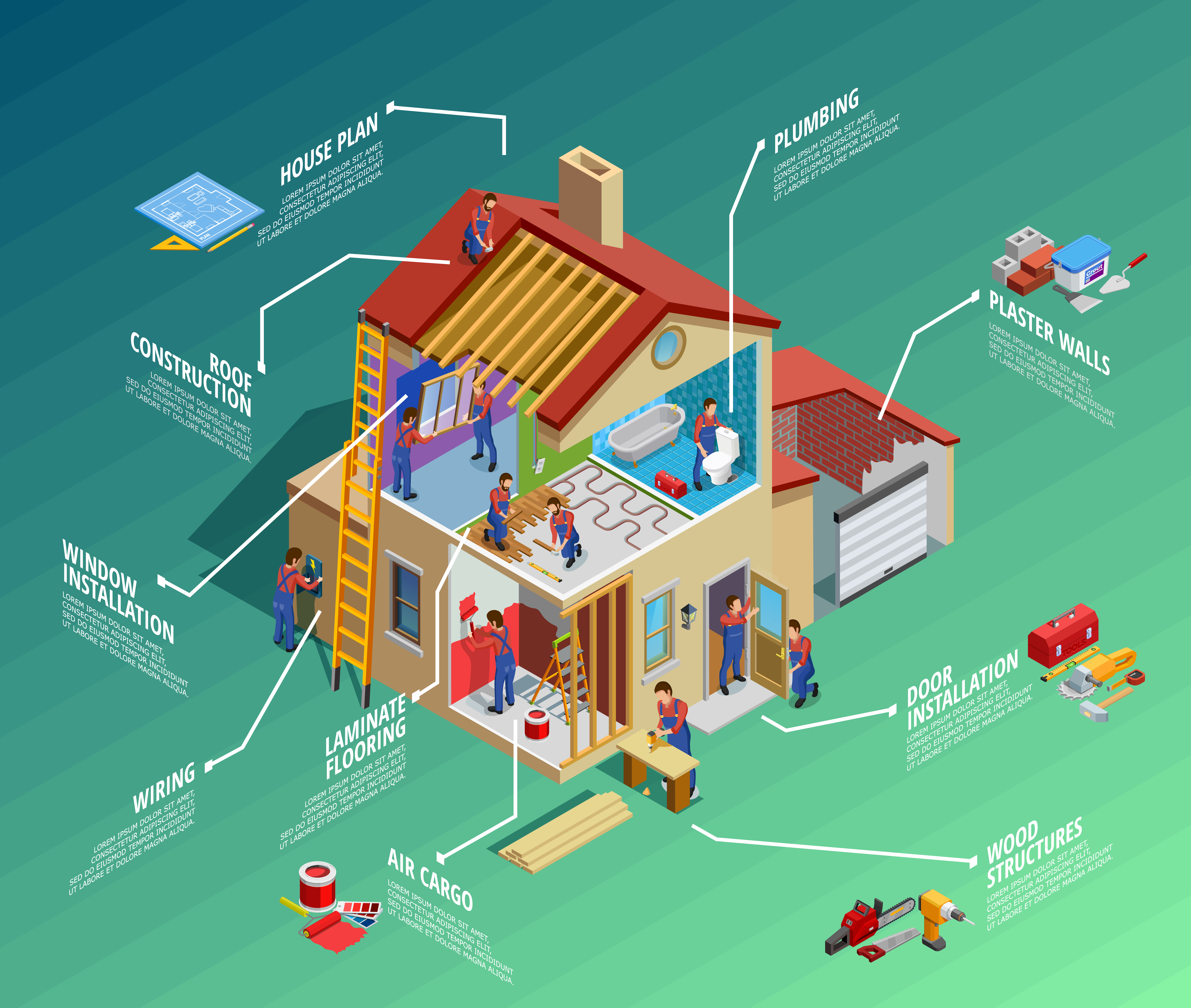Optimum Pressure Cleaning Strategies For Different Types Of Surfaces
Optimum Pressure Cleaning Strategies For Different Types Of Surfaces
Blog Article
Write-Up Author-Elgaard McGinnis
When it pertains to push washing, the technique you select can make all the difference in achieving a tidy, streak-free surface. You could discover that difficult surface areas, like concrete, need a different strategy than softer products, such as wood or vinyl. It's important to adapt your techniques to the surface type to prevent damage while making best use of cleaning performance. So, what are the very best strategies for every surface area, and exactly how can you ensure you're making use of the right setups and devices for the work? Allow's explore what you need to know to obtain the most effective outcomes.
Hard Surfaces
When it comes to push washing tough surfaces, prep work is key. Prior to you also think about pulling out the pressure washer, make the effort to remove the location of any type of particles, furnishings, or challenges. You don't desire anything entering your means or possibly harmful your equipment.
Next off, evaluate the surface area for any kind of splits or damage; this will certainly aid you establish the right approach and pressure setups.
Once you've prepared the location, it's vital to pick the best nozzle. For difficult surfaces like concrete or block, a narrow nozzle (15 or 25 degrees) works best to provide a concentrated stream of water that can effectively get rid of crud and spots. Always begin at a distance and slowly relocate closer to avoid any surface damage.
As you start washing, maintain the stick relocating to prevent streaks and over-saturation. It's also valuable to work from the top down, enabling dirt and debris to get rid of naturally.
Lastly, keep in mind to wash the surface completely after cleansing to eliminate any type of remaining detergent. With these methods, you'll attain a tidy and rejuvenated appearance on all your difficult surfaces.
Soft Surfaces
Stress cleaning soft surface areas needs a gentler technique to secure them from damage. Whether you're cleaning your deck, outdoor patio furnishings, or siding, using way too much stress can result in damages, scratches, and even irreversible damage.
Beginning by picking a low-pressure nozzle, preferably a 25-degree or wider spray pattern, to distribute the water more carefully.
Before you start, it's important to pre-treat any discolorations with a suitable cleaning remedy. This step permits the cleaner to pass through the dirt and crud, making it easier to get rid of without scrubbing too hard.
Always use the service from the bottom as much as prevent streaking.
When you begin pressure cleaning, preserve a range of at the very least 12 to 18 inches from the surface. Relocate your stick in a sweeping movement, keeping it alongside the surface to prevent focused pressure on one spot.
Rinse the area completely after cleansing to get rid of any recurring cleaner.
Lastly, inspect the surface for any kind of missed out on areas and repeat the process if necessary. By adhering to these steps, you can successfully tidy soft surface areas while maintaining their integrity and appearance.
Specialized Surfaces
Cleansing soft surfaces needs treatment, however specialized surface areas demand much more attention to detail. When you take on these surfaces, like delicate wood, tarnished concrete, or certain types of house siding, using the best stress cleaning techniques is vital to avoid damage.
First, examine the material. For instance, dealt with wood can typically hold up against modest pressure, yet softer timbers like cedar might call for a reduced setup. Always begin with visit the next document and progressively increase if necessary.
For stained concrete, utilize a follower spray nozzle and maintain a constant range to stop etching the surface.
When handling surface areas like plastic home siding or painted surface areas, a wide spray pattern helps distribute the pressure equally, shielding the surface.
It's likewise a good idea to use detergents particularly designed for specialized surfaces. gutter companies in charleston sc can boost cleansing without endangering the product.
Wash completely after cleaning to get rid of any residue, as it can result in staining or degeneration over time.
Final thought
Finally, understanding stress washing methods for various surfaces can make all the difference in your cleaning results. For difficult surfaces, stay with slim nozzles and a top-to-bottom technique, while soft surface areas require a gentler touch with bigger nozzles. Do not forget to pre-treat stains and rinse thoroughly to prevent residue. By adjusting your techniques to each product, you'll not only achieve a cleaner surface however also safeguard the integrity of your surface areas. Pleased cleaning!
